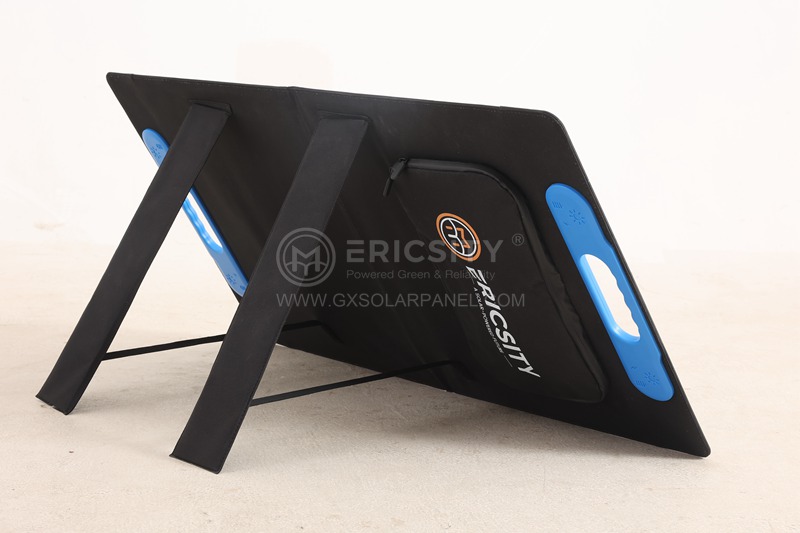HOT PRODUCT
Product Details
Eco-friendly Mounting, Anywhere You Go: Solar Power With Flexibility
Title: Eco-friendly Mounting, Anywhere You Go: Solar Power With Flexibility
Introduction:
As the world strives to find sustainable solutions to combat climate change, solar power has emerged as a key player in the renewable energy sector. Its abundant and clean energy source has the potential to revolutionize the way we generate electricity. With advances in technology, solar power has become more flexible and accessible, allowing for eco-friendly mounting solutions wherever you go. In this article, we will explore the concept of solar power with flexibility and its applications in diverse environments.

1. The rise of flexible solar panels
Traditionally, solar panels were rigid and limited to fixed installations on rooftops or open fields. However, recent advancements have led to the development of flexible solar panels, also known as thin-film solar panels. These panels are lightweight, bendable, and can be mounted on various surfaces, allowing for optimal utilization of available space. They have opened up a whole new realm of possibilities for solar power applications.
2. Mobile solar power solutions
Flexible solar panels have enabled the creation of portable solar power solutions. Whether you are camping in the wilderness, attending a music festival, or traveling in your RV, you can now harness the power of the sun to charge your devices, run small appliances, or even power your entire mobile home. Portable solar panels can be easily folded or rolled up, making them convenient to carry and set up in different locations.
3. Solar-powered wearables
Imagine wearing a watch or a fitness tracker that never runs out of battery. With flexible solar panels integrated into wearable devices, this futuristic idea has become a reality. Companies are now developing innovative solar-powered wearables such as smartwatches, fitness bands, and even clothing with embedded solar panels. These devices can extract energy from both natural and artificial light sources, ensuring uninterrupted functionality and reducing the reliance on conventional charging methods.


4. Solar-powered vehicles
In recent years, the automotive industry has embraced sustainable solutions, and solar power has found its way into electric vehicles (EVs). Some EV manufacturers are incorporating flexible solar panels into the roofs or hoods of their cars, providing an additional source of renewable energy to extend the vehicle’s range. By harnessing the power of the sun, these solar-powered vehicles are not only more sustainable but also reduce the dependency on charging stations and increase their overall efficiency.

5. Solar-powered infrastructure
The flexibility of solar panels allows for innovative applications in urban environments, where space is limited. Cities are exploring the concept of solar-powered infrastructure, such as solar-powered bus stops, benches, and streetlights. These initiatives not only provide clean energy but also promote sustainability in everyday urban life. Additionally, flexible solar panels can be integrated into building facades, enabling structures to generate their own electricity and reduce their carbon footprint.
Conclusion:
The advent of flexible solar panels has revolutionized the way we harness solar energy. From portable solar power solutions to solar-powered wearables, vehicles, and infrastructure, the possibilities are endless. The flexibility and adaptability of these panels have enabled us to use solar power in diverse settings, reducing our reliance on non-renewable energy sources and paving the way for a more sustainable future. As technology continues to evolve, we can expect further innovation in solar power with even greater flexibility and efficiency.




